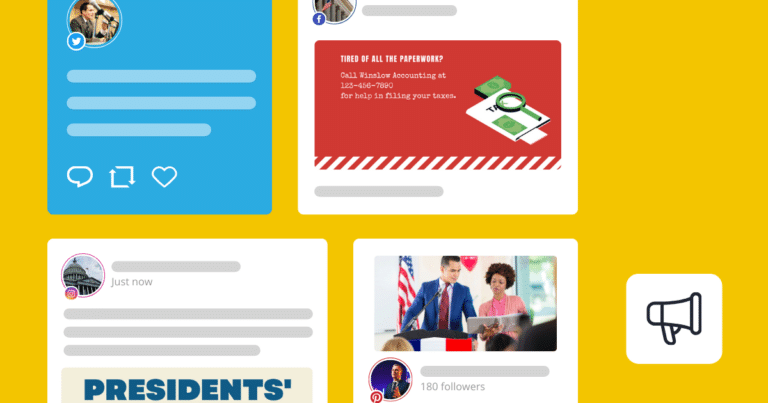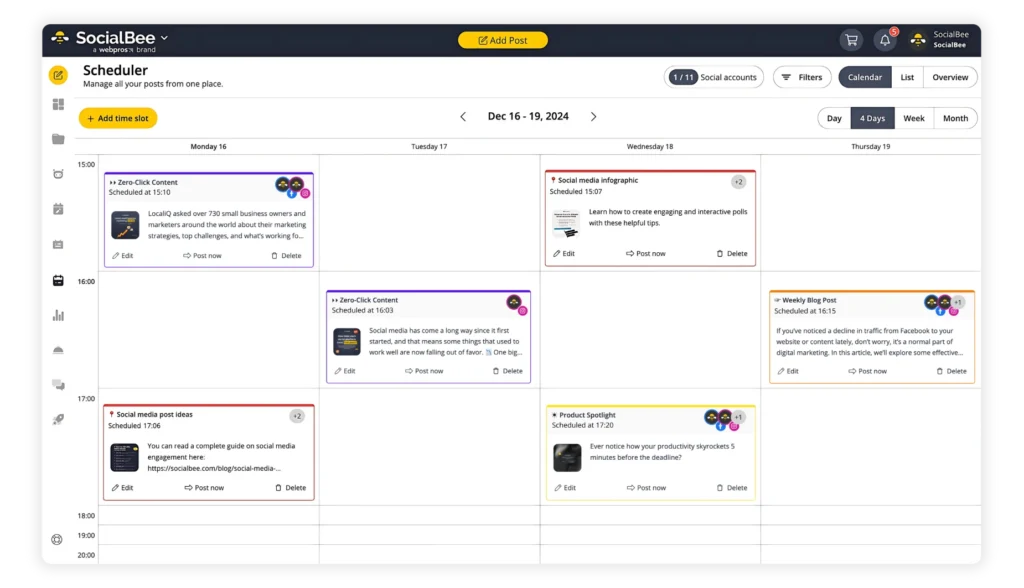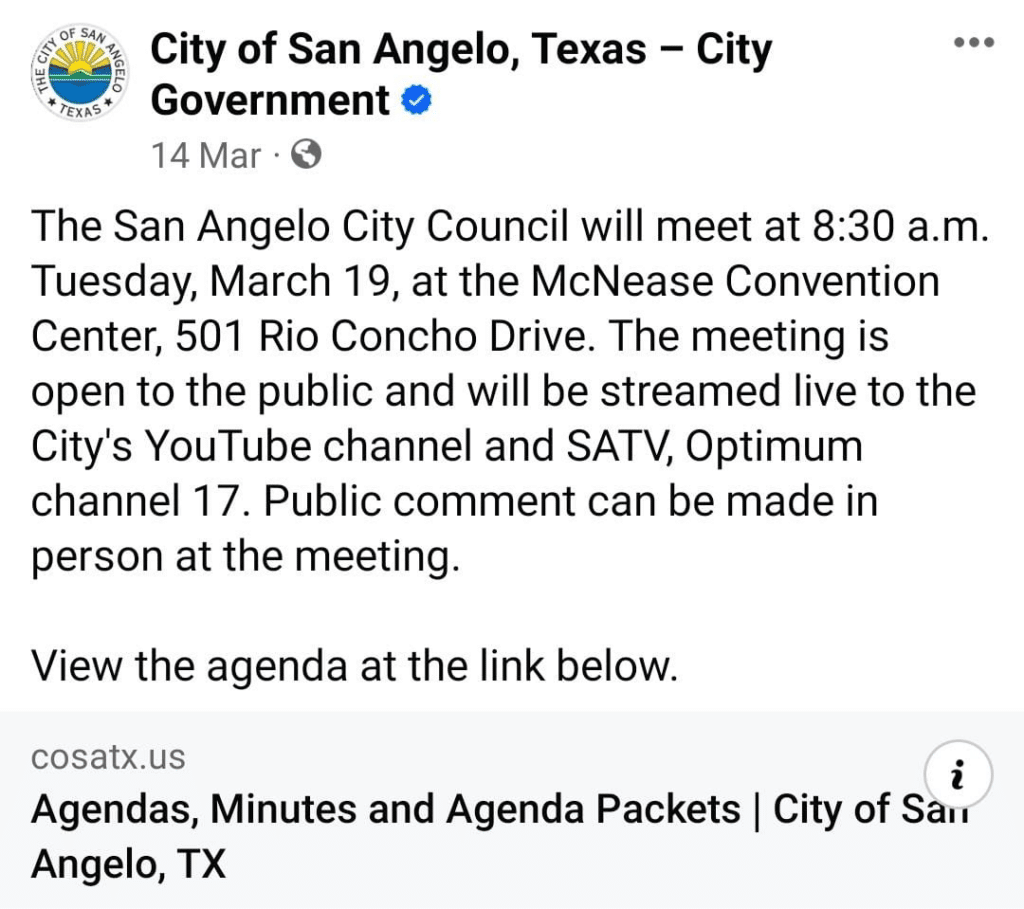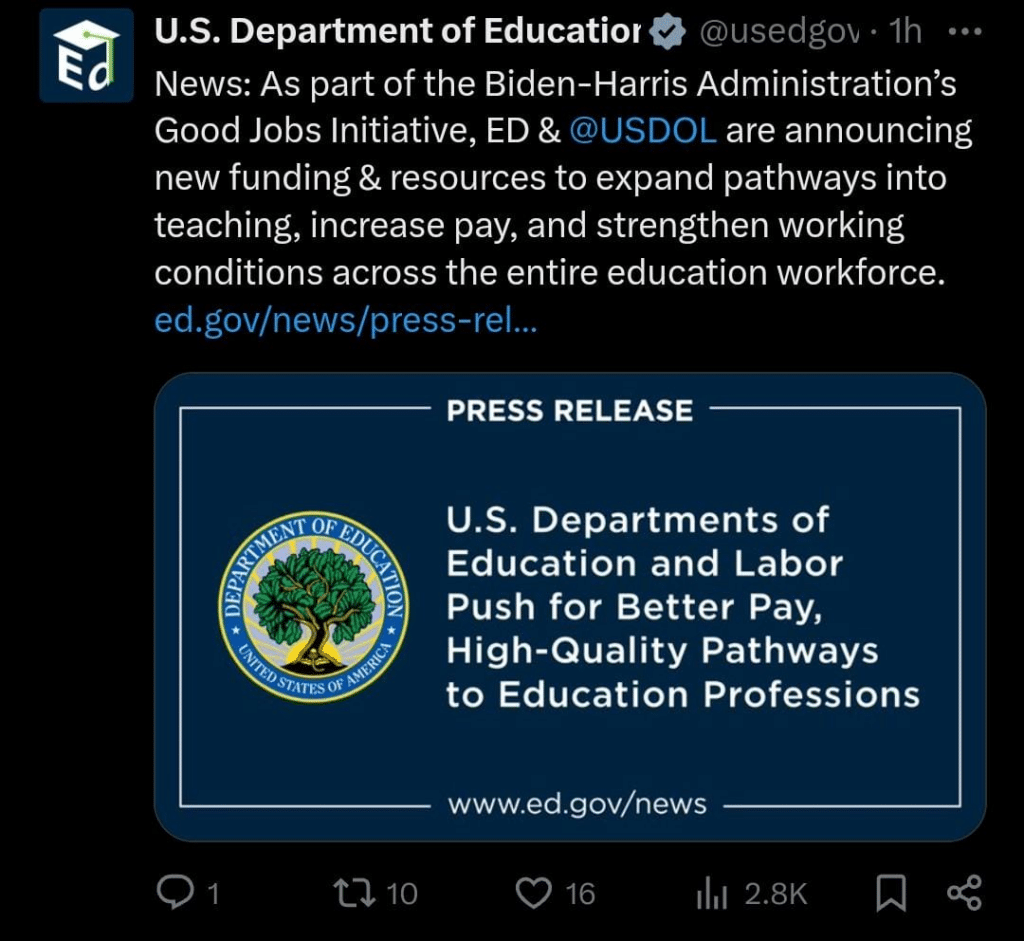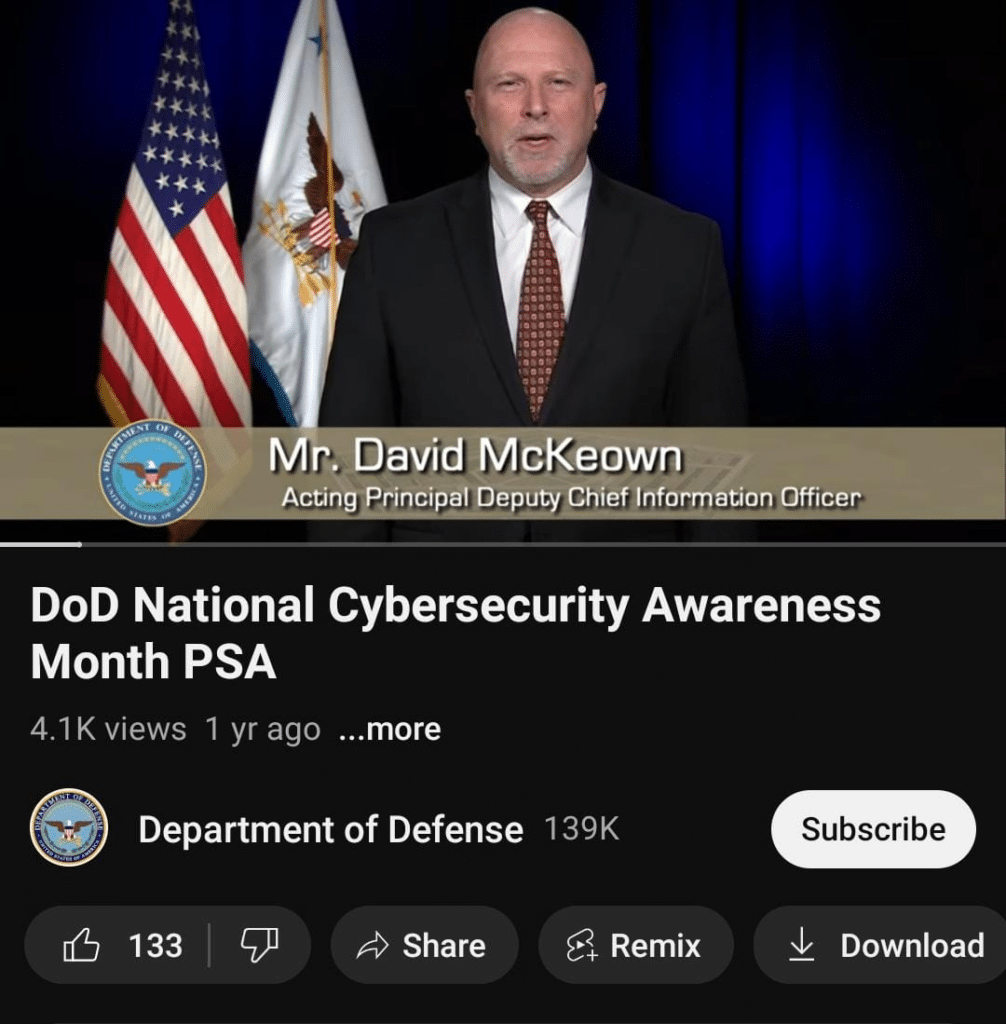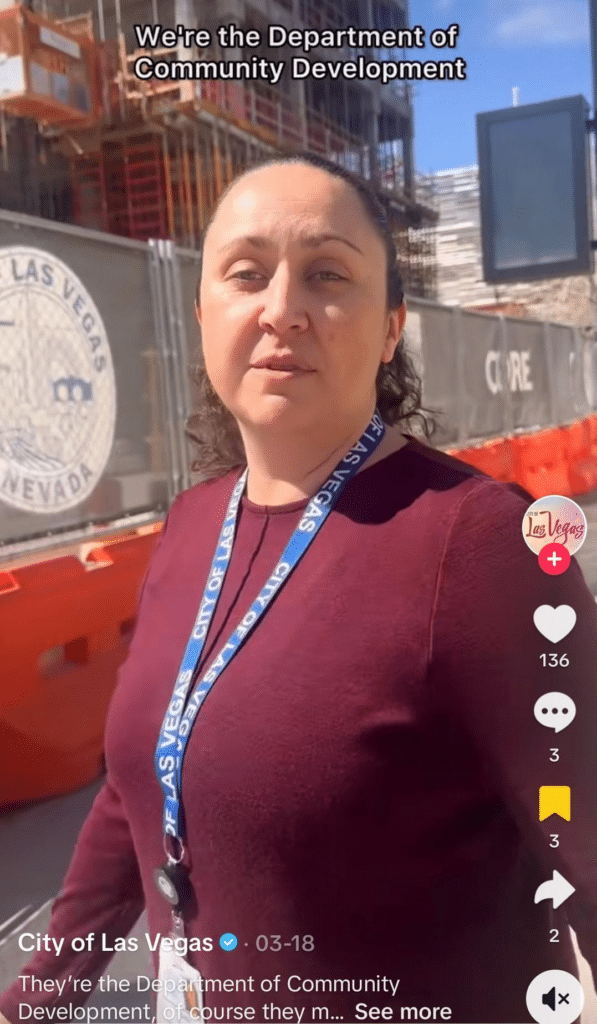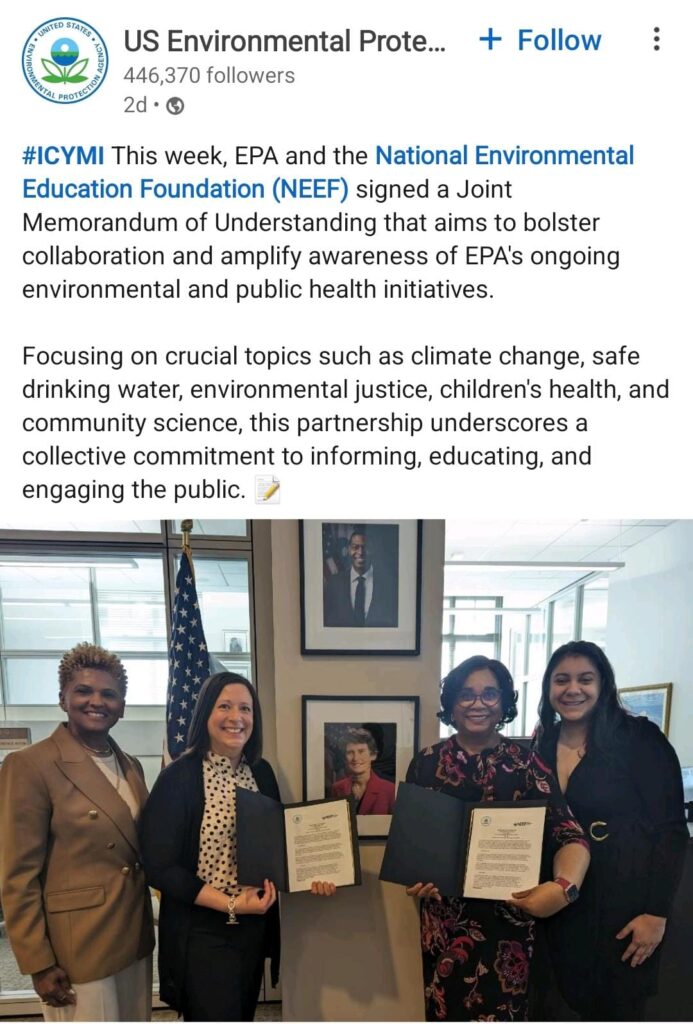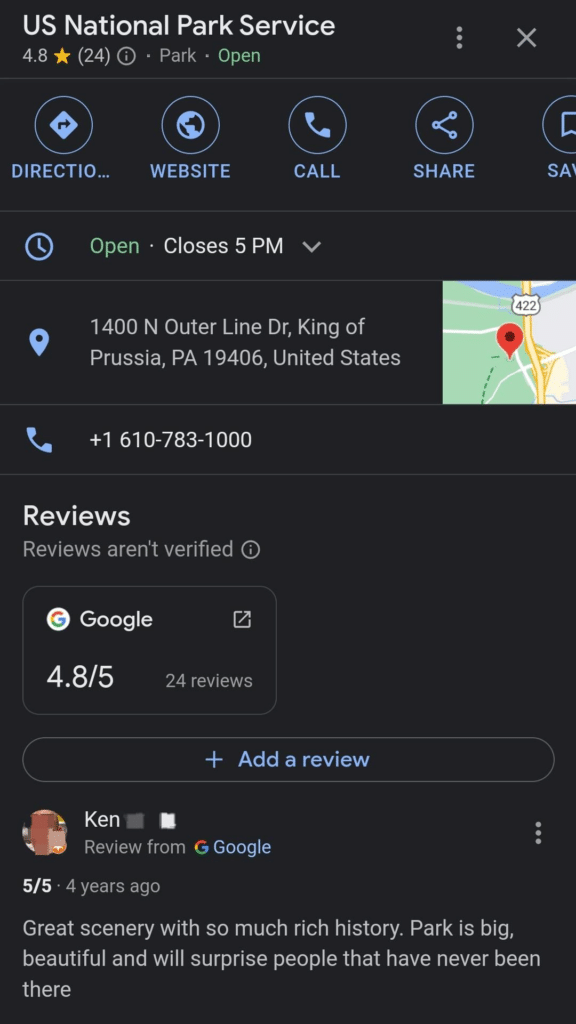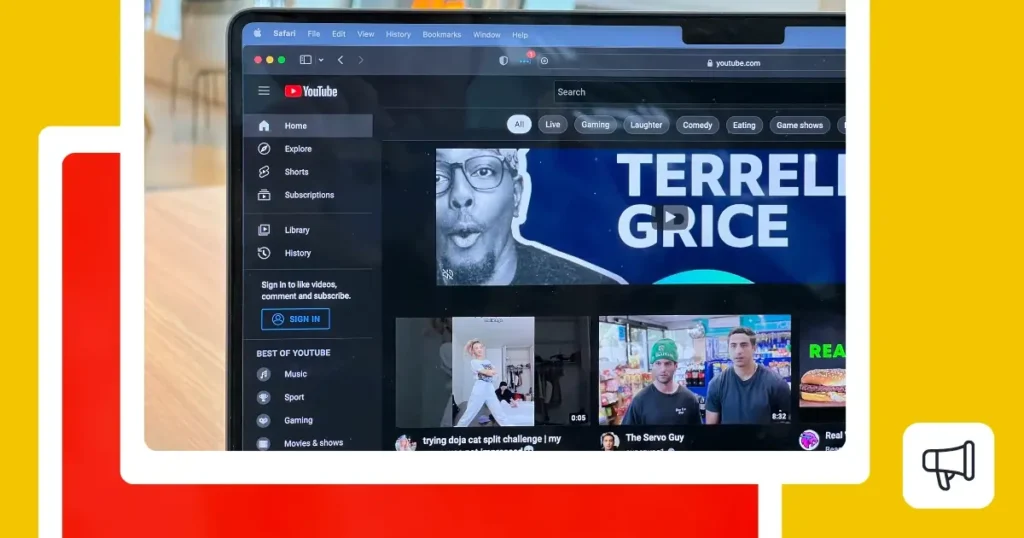
Content Writer at SocialBee
Are you leveraging the power of social media government marketing effectively?
In today’s digital age, federal agencies face unique challenges in navigating the fast-paced landscape of social media platforms. With strict regulations, limited resources, and the need to maintain transparency, government marketers often struggle to engage effectively with their target audience.
In this article, we’ll explore where and what to post for successful social media government marketing campaigns, helping you overcome common obstacles and achieve your communication goals across official channels. Let’s get started!
We’re SocialBee LABS SRL, part of WebPros. We use the information you provide to share relevant content and product updates, as outlined in our Privacy Policy. You can opt out anytime.
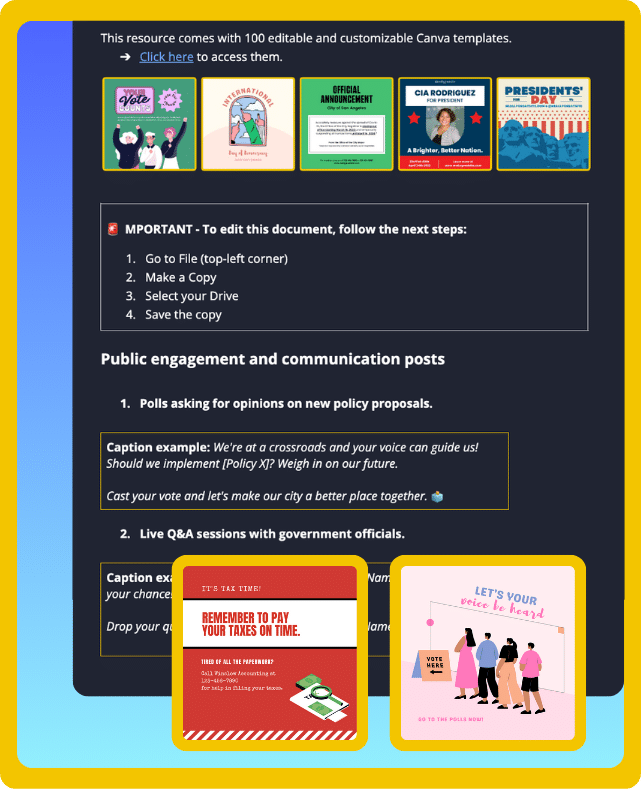
Short Summary
- Government bodies should use social media to enhance accessibility, improve transparency, and boost accountability. Additionally, the cost-effectiveness and real-time nature of social media allow government agencies to increase community engagement, educate the public, and raise awareness on important topics.
- If you struggle with social media management, SocialBee can help you streamline your tasks, from creating content to publishing and analyzing your performance.
- On Facebook, you can share text posts, photos, and videos. Leverage these formats to circulate updates, news, campaigns, and challenges, both on your feed and in Facebook Groups. Additionally, use the platform’s features to promote your community events.
- On Instagram, popular content formats include images, videos, Reels, Stories, and Carousel posts. You can enrich your posts with filters, stickers, GIFs, geotags, and keywords. Use your posts for behind-the-scenes content, timely updates, and collaborations with other government agencies or creators.
- On X (Twitter), you can post content in the form of text, photos, videos, and GIFs. You can also create threads, go live, retweet, and create polls. Posts dedicated to sharing updates and news are one of the best-performing content types.
- YouTube supports long-form videos and short-form videos alike. Post tutorials, explainers, documentaries, live streams, and Q&A sessions.
- Use Pinterest to create Pins, boards, Story Pins, and Rich Pins. Content ideas that perform well include user-generated content, infographics, or how-to guides.
- TikTok is all about short videos, that you can easily Duet or Stitch for added complexity. Participate in trends, create and participate in challenges, and post behind-the-scenes and educational content to make the most out of this platform.
- Bluesky enables you to post text posts, images, and videos. It is best for providing real-time updates, threads, multimedia content, and collaborative content.
- LinkedIn supports text, single-image, multi-image, video, and carousel posts. Use these content formats to provide professional insights, updates, articles, and job postings. Additionally, explore the platform’s networking and event promotion features.
- On Google Business Profile, you can upload both photos and videos. Leverage the platform’s features to promote your events, provide updates, and showcase your services.
Why Should Public Agencies Use Social Media?
Many governments haven’t fully tapped into what social media can do; they often use it just to send out the usual updates. But social media is much more than a one-way street for sharing information.
Social media offers the chance to show the human side of government—putting faces to the names behind policies and making government feel more accessible and responsive. This isn’t just about sharing news; it’s about building trust and community through genuine interaction.
Here’s why government agencies should use social media:
- Accessibility: Official social media accounts make it super easy for people to stay updated and engage with government content in real-time. Whether it’s announcements, events, or important information, it’s all right there at their fingertips.
- Transparency and accountability: When government entities are active and responsive on public sector accounts, it shows they’re not trying to hide anything. It’s about being open and ready to chat, building community trust.
- Real-time communication: Especially for crisis communications, social media channels can be a lifeline. It lets agencies spread the word fast, keeping everyone in the loop and safe.
- Community engagement: Social networks are perfect for building a sense of community and rallying people around important causes. It’s a space where everyone can come together, share ideas, and work towards common goals.
- Education and awareness: Agencies can use social content to educate the public and build awareness on various issues and services, empowering citizens to make informed decisions and participate in civic life.
- Cost-effectiveness: With limited resources, these platforms offer a cost-effective way for government social media professionals to reach a wider audience and maximize their impact, without breaking the bank.
How to Effectively Manage Your Government Social Media Accounts
As a federal employee or a government agency, managing your social media comes with its fair share of challenges. It can be a real hassle to manually post updates across various platforms, especially when you’re trying to catch those peak times for engagement.
And if you’ve ever found yourself drowning in tabs while trying to reply to comments or collecting performance data from different sources, you’re definitely not alone.
This is where SocialBee steps in to make your life a bit easier with AI content creation capabilities and more. It automates the scheduling and publishing of your posts, centralizes your interactions from all platforms in one place, and simplifies the process of analyzing your social media performance.
With SocialBee, you can ditch the logistical nightmares and focus more on creating impactful content and building meaningful connections with your audience.
Create, schedule, and publish your official social media posts with SocialBee
Start your 14-day free trial today!
Here’s how to use SocialBee to streamline the government use of social media:
- Broad platform support: Reach citizens across social media platforms like Facebook, Instagram, Threads, X (Twitter), LinkedIn, Pinterest, Bluesky, Google Business Profile, TikTok, and YouTube.
- Design integrations: SocialBee’s integration with creative tools like Canva, Unsplash, and GIPHY helps you create visual content that resonates with constituents while complying with public office branding policies.
- AI strategy generation: Our AI assistant simplifies your social media strategy, tailoring it to your niche. We’ll guide you on the best channels and posting frequency, suggest content pillars and schedules, and provide ready-to-share content.
- AI content creation: SocialBee’s AI post generator creates engaging captions and images based on your specific prompts. Whenever you lack inspiration, get inspired by our 1000+ AI prompt ideas and overcome your writer’s block.
- Content categories: Keep the content posted fresh and relevant by categorizing your posts in different content folders, ensuring you’ve got everything covered.
- RSS feeds: Automatically import posts from blog RSS feeds to keep followers up-to-date with trending topics, breaking news, and coverage on urgent business.
- Post variation feature: Optimize your social media content for each network’s requirements to give the algorithms what they want for optimal exposure.
- Hashtag recommendations: SocialBee uses the caption and image from your post to recommend the most suitable hashtags for boosted discoverability across social media platforms.
- Post recycling: Make sure your best content reaches more people by sharing it multiple times and posting consistently with ease to keep your feed up-to-date and relevant.
- Content calendar: Overview and edit your posting schedule across official accounts from an intuitive content calendar view.
- Collaboration features: Let your social media team explore a collaborative environment that offers distinct workspaces for each government department, content approval workflows, user-based permissions, and internal notes with email notifications.
- Link performance tracking: SocialBee integrates with URL shorteners and allows you to establish UTM parameters for your links, so you can track traffic with Google Analytics.
- Accurate analytics: Track your account growth and tweak your strategy as things evolve, all through real-time analytics. Plus, you can download these insights as PDF reports, making it super easy to maintain detailed records of your social media efforts.
- Community engagement: Boost engagement with your constituents by easily managing DMs, comments, and mentions—all from one unified dashboard.

Where and What to Post as a Government Agency
Did you know that over 70% of adults in the United States use at least one social media platform? This presents a significant opportunity for government agencies to engage with the public on a large scale.
However, with the ever-expanding landscape of platforms and the diverse needs of citizens, knowing where and what to post is crucial for effective communication.
Here’s where and what to post as a government agency:
- Facebook: Use images, videos, and text to circulate updates, news, events, campaigns, and challenges.
- Instagram: Leverage photos, videos, Reels, Stories, and Collaborations to showcase your agency’s mission and provide behind-the-scenes content.
- X (Twitter): Use photos, GIFs, videos, polls, threads, retweets, and live-tweeting to provide news and updates and engage in meaningful conversations.
- YouTube: Create long-form and short-form videos in the form of tutorials, explainers, documentaries, live streams, and Q&A sessions.
- Pinterest: Design Pins, Rich Pins, Story Pins, and Boards containing user-generated content, infographics, and how-to guides.
- TikTok: Leverage TikTok’s creative features to produce, Stitch, or Duet videos. Incorporate trends, memes, and challenges to entertain and educate viewers.
- Bluesky: Use text posts, images, and videos to provide real-time updates, respond to threads, and engage with followers.
- LinkedIn: Create images, videos, and text posts to provide professional insights and updates; share articles, make job postings, network with like-minded individuals, and promote your events.
- Google Business Profile: Provide updates, photos, and videos to advertise your services and events.
1. Facebook
With 3.07 billion active monthly users, Facebook provides federal agencies with an incredible opportunity to connect with a diverse audience from all walks of life.
Whether it’s through simple text posts, captivating photos, engaging videos, or live streams, the platform offers a variety of ways for agencies to share their message in a way that resonates with people.
Plus, Facebook’s advertising tools are top-notch. They allow government communicators to tailor their messages to reach the right people, based on factors like age, interests, and online behavior. This helps your content find its way to the right people.
Here’s what to post on Facebook as a government agency:
- Post about your initiatives in local Facebook Groups to keep citizens in the loop about your latest endeavors.
- Use Facebook Live to educate constituents about the inner workings of government business.
- Share Facebook Stories that show the impact of your initiatives in the real world.
- Launch fun campaigns or challenges to get people engaged. Whether it’s a photo contest or a caption competition, encourage participation and make it feel like a community effort.
- Use your Facebook page to share facts, updates, and news that matter to your agency’s mission. Use plain language and leverage creative visual elements for optimal results.
- Create Facebook Events to promote your workshops, seminars, or community gatherings.
Alternatively, you can promote community gatherings through plain text updates, just like the City of San Angelo does:
Regardless of your approach, ensure you involve constituents in the process, either through virtual means or by extending invitations to join in person.
2. Instagram
Instagram users spend an average of 29.7 minutes per day on the app. This statistic underscores the platform’s potential as a prime space for agencies to put out content that truly captivates and impacts their audience.
With its visually driven nature and diverse engagement features, Instagram gives agencies a platform to share their stories, showcase their initiatives, and interact directly with their audience.
Here is what to post on Instagram as a government agency:
- Experiment with Instagram’s creative features like filters, stickers, and GIFs to add personality and flair to your Reels and Stories.
- Use Instagram Stories to provide live updates, polls, and Q&As. It’s a casual and spontaneous way to keep your audience interested in your endeavors.
- Boost your posts’ discoverability by incorporating relevant hashtags and geotags.
- Show your appreciation for your followers by reposting their Reels and Stories to instill a sense of community.
- Use Instagram Collaborations and join forces with other government officials, educational institutions, or private companies to work toward shared goals.
- Focus on visual content to share the story behind your agency’s mission and show the impact of your work on real people.
Check out how @chicagopolicedepartment combines stunning imagery with real-life stories to talk about their mission on their Instagram account:
To replicate their strategy, don’t shy away from showing the people behind your agency’s forefront. Additionally, use storytelling techniques to humanize your agency and build credibility.
3. X (Twitter)
According to CEO Linda Yaccarino, X (Twitter) aspires to become ‘the world’s most accurate real-time information source and a global town square for communication.’
This alone makes it an ideal platform for government agencies to disseminate urgent updates, share breaking news, tackle crises as they unfold, and respond to the dynamic needs of their communities.
Here is what to post on X (Twitter) as a government agency:
- Participate in conversations that matter to your cause to demonstrate attention to the communities that you’re serving.
- Use photos, GIFs, and videos to draw attention to your Tweets and bring your message to life.
- Retweet content from other agencies, organizations, and citizens that align with your mission.
- Live-tweet about local events and announcements to give constituents an insider glimpse into government business.
- Use Twitter polls to ask people for their opinions on important issues and use this feedback to shape your agency’s decisions.
- Leverage Twitter threads to share longer stories or dive deeper into certain topics.
- Share updates and news relevant to your agency’s mission, and use hashtags to help people find your tweets.
Here is how the US Department of Education leverages X to share press releases:
Notice how straightforward the post is? Given X’s character limit, you must condense your message in a way that still allows you to get your point across.
4. YouTube
As the world’s second-largest search engine, YouTube opens doors for government agencies to connect with people from all corners of the globe. But did you know that YouTube users watch over a billion hours of video every single day?
These numbers show that government agencies can leverage longer-form content to get into the nitty-gritty. Dive deep into complex topics, offer detailed explanations, and provide comprehensive tutorials or guides that citizens can sink their teeth into. There’s no limit to how much you can share and teach!
Here is what to post on YouTube as a government agency:
- Use YouTube Shorts for bite-sized how-to guides and tutorials that make it easier for citizens to navigate government services.
- Break down intricate processes into simple and actionable steps, and provide practical tips based on real-world experiences.
- Share inspiring stories and testimonials that showcase the positive impact of your agency’s work.
- Host live streams and Q&A sessions to engage directly with your audience, addressing their questions, concerns, and feedback in real time.
- Produce documentaries and case studies that bring your agency’s work to life. Use storytelling techniques to captivate viewers and evoke emotions.
- Invest in video content creation to provide valuable information about your agency’s mission, services, and initiatives.
While the concept of investing in video content creation may sound intimidating, you don’t need to go overboard. Take, for example, this video from the US Department of Defense:
More often than not, a good camera, suitable lightning, and a lavaliere will get the job done. However, for more sensitive or complex topics, animations could be more appropriate.
5. Pinterest
Pinterest stands out among other social networks due to its predominantly female audience—over 70%. This demographic positions Pinterest as a prime marketing platform for government agencies targeting women.
What’s more, Pinterest content has a longer lifespan compared to that from other platforms, continuing to appear in users’ feeds and search results over time. This allows government agencies to create content that remains in the social media circuit long after it’s been published.
Here is what to post on Pinterest as a government agency:
- Create visually captivating Pins that provide valuable information about your agency’s mission, services, and initiatives. Use eye-catching graphics and informative captions to educate and inspire your audience.
- Use Pinterest boards to showcase your agency’s personality and values. Pin content that reflects your agency’s culture, values, and commitment to serving the community, and give your audience a glimpse into what makes your agency unique.
- Create Story Pins that showcase those whose lives have been positively impacted by your agency’s work.
- Use Rich Pins and incorporate elements like text and links to your webpage or third-party websites to generate traffic to your best pages and resources.
- Partner with influencers, community organizations, and other agencies to create Group Boards that amplify your message and help you connect with new followers.
- Create visually captivating Pins that provide valuable information about your agency’s mission, services, and initiatives. Use eye-catching graphics and informative captions to educate and inspire your audience.
Check out how @NASA drives traffic to their website through their Pins:
To replicate their results, think of creative ways to provide your audience with both inspiring and useful content. Complete your Pins with catch titles and clear descriptions, and you’re good to go.
6. TikTok
With a younger user base aged between 18–34 that’s always hungry for fresh content, TikTok is perfect for government agencies who are seeking to connect with constituents in creative and innovative ways.
Unlike traditional social media platforms, where organic reach may be limited, TikTok’s algorithm favors content that resonates with users, further promoting it to a broader audience. This can raise awareness about public initiatives and foster community engagement in ways previously unimaginable.
Here is what to post on TikTok as a government agency:
- Create short videos that educate and entertain TikTok users about your agency’s mission, services, and initiatives.
- Try TikTok Stories to provide glimpses into your day-to-day operations to humanize your organization and connect with citizens on a more personal level.
- Encourage user-generated content by hosting challenges or contests that invite TikTok users to create and share content related to your agency’s mission or initiatives.
- Use Duets, and Stitches to incorporate videos from other creators into your own posts. This is a fun way to contribute to the conversation, share different viewpoints, and engage with the TikTok community.
- Whether it’s an exciting challenge, lip-syncing trend, or viral meme, participate in popular challenges to connect with TikTok users and show your agency’s fun side.
When you’re a government agency, you may assume it’s best to keep things overly professional, even on TikTok. Here’s how @cityoflasvegas challenges this assumption:
To emulate this approach, find accessible trends and put your own spin on them. This not only humanizes your agency but also prompts followers to pay attention to the information that you’re sharing.
7. Bluesky
Government agencies can harness Bluesky to foster a direct line of communication with the public.
Bluesky is ideal for sharing updates about local projects or initiatives, offering a transparent view into the workings of local governance. Content that humanizes the government — such as behined-the-scenes content on your team’s daily operations — can go a long way in building trust.
Here is what to post on Bluesky as a government agency:
- Use Bluesky to connect directly with users and publicly address their questions and concerns.
- Leverage Bluesky to involve constituents in decision-making processes, seek their input on policy development, and use their feedback to inform your agency’s actions.
- Show success stories, highlight community initiatives, and reveal the human side of your agency’s work.
- Align your content with current events and trends, offering practical advice or insightful commentary when appropriate.
- During public events or awareness campaigns, create posts that not only inform but also inspire community involvement.
- Offer resources to help citizens take action on issues they’re passionate about, and create opportunities for them to get involved and make a tangible difference in their communities.
8. LinkedIn
On LinkedIn, you’ll find a community of professionals and business-oriented individuals, creating a context that’s conducive to your goals and messaging.
You can use your agency’s social media account on this platform as a goldmine for forming partnerships and collaborations with other businesses and industry leaders. Here’s how EPA (US Environmental Protection Agency) and NEEF (National Environmental Education Foundation) accomplished this:
Working together on shared goals, you can achieve big things and make a real impact.
Here’s what to post on LinkedIn as a federal government agency:
- Create social media posts that contain professional insights, updates, and news about your agency’s mission, services, and initiatives.
- Present your agency as a thought leader in your field by sharing articles, white papers, and case studies that demonstrate your agency’s expertise and impact.
- Share job postings, internship opportunities, and career development resources to engage professionals and encourage them to join your team.
- Use your official government account to network and build relationships with professionals who share your agency’s interests and values.
- Join and participate in LinkedIn Groups and discussions relevant to your agency’s work to build credibility and establish your agency as a trusted voice in the industry.
- Use LinkedIn’s Event features to promote your events, reach a targeted audience, and engage professionals in meaningful conversations.
Not only can you use LinkedIn to promote live events, but also virtual ones. Here’s how the US Department of Agriculture does this:
Since LinkedIn is a professional social media platforms, adapt your tone accordingly. This should also reflect in your visuals, so keep your designs straightforward and easy to comprehend.
9. Google Business Profile
Google Business Profile helps government agencies become more visible online, making it easy for constituents to find details about your services, contact info, and operating hours in local search results.
Here’s the kicker: government agencies can set up a Google Business Profile to let citizens book appointments, services, or facility reservations online, making things super convenient for everyone involved.
Here’s what to post on Google Business Profile as a government agency:
- Schedule updates and news about your agency’s services, events, and initiatives on Google Business Profile.
- Encourage citizens to share their thoughts and experiences by leaving reviews and feedback on your agency’s Google Business Profile.
- Provide citizens with useful resources and information right on Google Business Profile, from helpful guides to links to digital services and other online resources.
Having a Google Business Profile is a rather mandatory step for government agencies, so ensure your information is accurate and up-to-date. For reference, check out this example from the US National Park Service:
Double-check your information to ensure schedule accuracy during DST transitions and national holidays. Additionally, update your gallery with images that reflect any changes or upgrades your office may have undergone.
Frequently Asked Questions
Social media bridges the gap between the government and its people, offering a direct line for conversations and engagement.
By posting updates about services, initiatives, and events, they keep everyone in the loop and involved. Plus, they’re using interactive tools like polls and Q&As to hear what citizens think and involve them in shaping policies and decisions.
To make the most of this, encourage people to follow your agency’s social media handles. Additionally, assign dedicated social media managers to promptly and constructively respond to the public’s questions and comments.
Governments are using social media to share updates on their actions and policies. They’re also keeping an eye on public opinion and interacting with their audience.
Social media also gives government officials a chance to involve citizens directly in decision-making. They can host discussions, run polls, and gather feedback online. It’s all about making governance more accessible and responsive to the people.
Local governments are embracing social media to foster a more connected and engaged community.
They keep residents up-to-date with the latest local news and events, ensuring the community is aware of what’s happening around them. They’re also using these platforms to quickly address citizen queries, concerns, and feedback.
Additionally, social media provides a space for citizens to contribute ideas and suggestions, playing an active role in the betterment of their local area.
Ace Government Social Media Management with SocialBee!
In conclusion, by understanding where and what to post, government agencies can effectively connect with constituents, share important information, and foster meaningful engagement.
Whether it’s Facebook for widespread outreach, Instagram for visually-driven storytelling, or LinkedIn for professional networking, each platform offers valuable opportunities to amplify your agency’s message.
It’s your chance to harness the power of social media, explore new avenues, and watch your agency’s digital presence flourish. And if you’re on a mission to take your social media strategy to the next level, start your SocialBee 14-day free trial to manage all your tasks from one dashboard.

